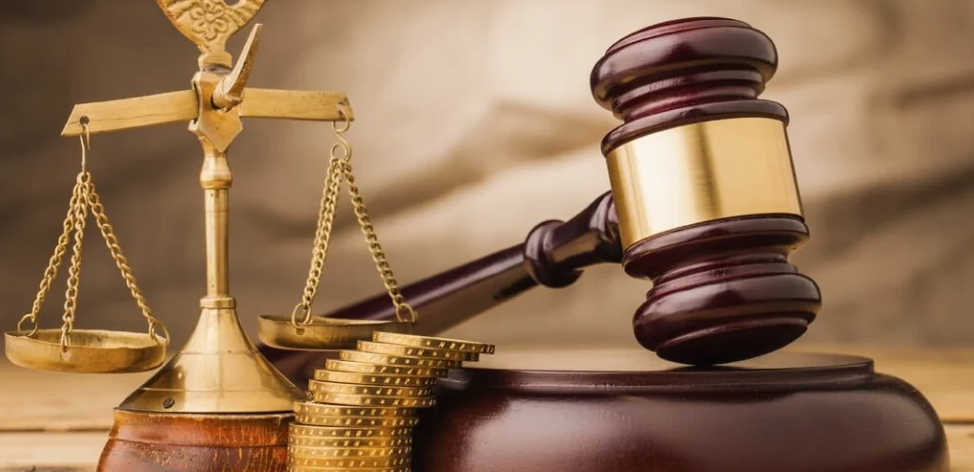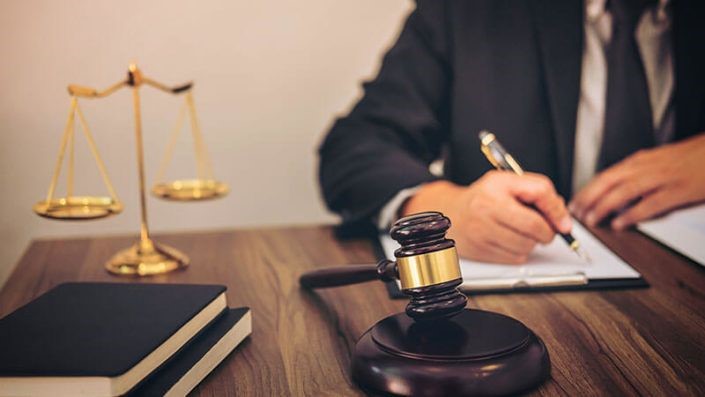How Does the Legal Process Work for Assault and Violent Crimes Cases?

Canada has a well-defined legal process for handling assault and violent crime cases. If you have been involved in such a case, start learning about how the legal process works for assault and violent crime cases. This process protects the rights of both the accused and the victim for a fair and transparent outcome. So, let’s head straight to the topic for an overview!
What are Assault and Violent Cases?
Assault and violent crimes comprise acts that cause physical harm or the threat of harm to another person.
- Assaults: Assault can involve threats or actions that make someone fear imminent violence. It doesn’t require physical contact.
- Violent crimes: Violent crimes involve actual physical harm or the use of weapons like battery, robbery, and homicide.
The Legal Process in Assault and Violent Crime Cases
Primarily, there are 6 steps for handling the legal process in assault and violent cases. We have described the overall activities for you.
Step 1: The Initial Steps During Arrests and Charges
The process often begins with an arrest. The police can arrest someone with reasonable grounds. Upon arrest, the individual will be notified of their rights, including assault and violent crimes lawyer.
Following the arrest, the police will investigate the case. This may involve the following things:
- Collecting evidence
- Interviewing witnesses
- Taking statements from the victim and the accused.
The Crown prosecutor will lay formal charges against the accused if the investigation shows sufficient evidence. These charges outline the specific offence(s) the accused allegedly committed.
Step 2: The Decision to Release or Detention
After the police lay the charge, a judicial official will determine whether the bail or custody until their trial. Bail is a financial guarantee here. Granting a bail considers some factors:
- The weightage of the charges
- The risk of flight or escape from the country
- The potential danger to the community
Step 3: The Disclosure and Pre-Trial Process
The pre-trial phase begins once the charges are laid and the accused’s release status is determined. The Crown will disclose all the intended evidence they collected to use in court to the defence. This may include:
- Witness statements
- Police reports
- Medical records
- Any other relevant materials.
The disclosures allow the defence to build a strong case and challenge the prosecution’s evidence. The discussions between the Crown and the defence will appear in this pre-trial stage to lead to a plea bargain.
Step 4: The Presentation of the Evidence in Trial
The case proceeds to trial if no one reaches plea bargains. In Canada, a judge hears the trials for assault and violent crimes alone or in a jury board. The choice depends on the charges’ severity and the accused’s wishes.
At trial, the Crown prosecutor will present their case first. They will call witnesses to testify and introduce evidence to prove that the accused committed the crime beyond a reasonable doubt. This is the highest standard of proof in criminal cases.
The defence can present its arguments once the Crown has presented its case. This may involve calling their witnesses, challenging the Crown’s evidence, or raising legal arguments.
Step 5: The Verdict and Sentencing
After both sides have presented their arguments, the judge or jury will deliberate and reach a verdict.
In Canada, the accused has the right to a presumption of innocence. This means they are considered innocent until proven guilty.
If found guilty, the judge will then determine the appropriate sentence. Sentencing aims to punish the offender, deter future crime, and protect the community. The type of sentence imposed will depend on the severity of the crime, the accused’s criminal history, and various mitigating or aggravating factors presented in court. Sentencing options can range from probation and community service to imprisonment.
Extra Step: Appeals
If the accused is unhappy with the verdict or sentence, they can appeal to a higher court. The appeal court will review the trial record and determine if any errors could have affected the outcome.
Throughout this process, follow these instructions:
- You have to become silent and contact legal counsel.
- The Crown prosecutor should prove your guilt beyond a reasonable doubt.
- You have the essential right to ask for a fair trial.
How Does Victim Support and Legal Aid Play an Important Role?
The legal process for assault and violent crimes can be stressful for victims as well. In Canada, victim support services are available to provide easy counselling or other resources. A lawyer can advise you of your rights and represent you in court for a positive outcome. In some cases, legal aid may be available to help cover the cost of legal representation.
Final Sentence
So, that was the general overview of the assault and violent cases. If you are involved in an assault or violent crime case, it’s important to consult with a lawyer to understand your specific rights and options regarding the case.




